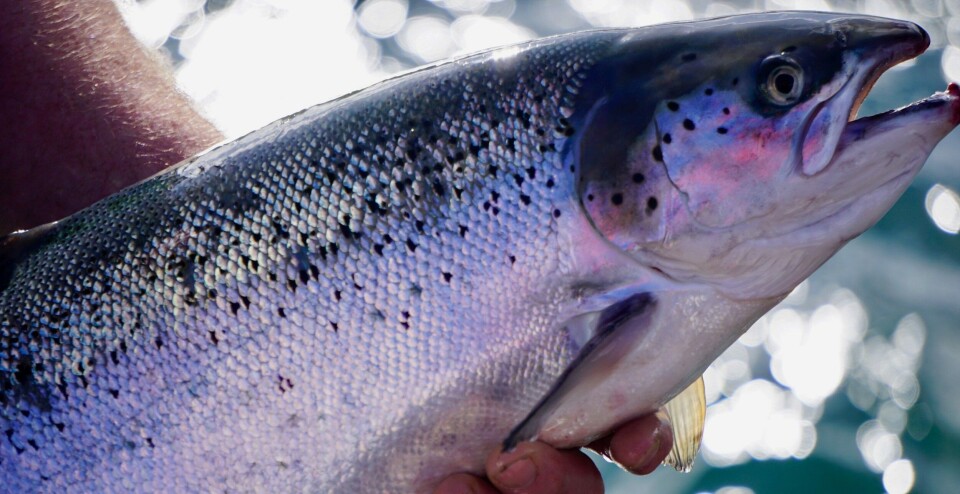
Scottish salmon found to have more omega-3
Scottish farmed salmon tested in an Irish study contained more health-boosting EPA and DHA omega-3 fatty acids than salmon from Norwegian or Irish farms.
The study, featured on the New Food Magazine website, also found that non-organic salmon contained more EPA (eicosapentaenoic acid) and DHA (docosahexaenoic acid) than organic salmon.
But the overall EPA+DHA content of the 65 samples tested bought over a period of several months from October 2017 (0.81%) was lower than that of Irish farmed salmon in 1991 (1.03%) and Norwegian farmed salmon in 2016 (1.15%).
Nine wild-caught mackerel, one wild pink salmon and one wild pink salmon were also tested, along with one sample of canned sardines, one of fresh sardines, and a farmed sea bass.
The study discovered that farmed salmon and the sea bass have the highest content of linoleic acid (LA) due to the vegetable oil in their feed, something the authors said was a retrograde step, as most consumers already have too much vegetable oil in their daily diet.
Lorraine Crowley, a fourth-year food science student at the School of Agriculture and Food Science at University College Dublin, and Ronan Gormley, adjunct associate professor at the college, carried out the study of raw fish bought at retail outlets in Dublin and its vicinity.
Sampling spanned mid-October 2017 to early-March 2018, except in December when no samples were taken. Five samples were purchased from retail outlets each week, four of farmed salmon and one of a wild species, usually mackerel. Of the 65 salmon samples, 25 were from Scotland, 22 from Norway and 18 from Ireland.
The four salmon samples bought each week were from different stores to ensure all were from different fish.
Each sample was de-skinned, blended, vacuum-packed and stored at minus 20°C prior to analysis of fatty acid profile.
Mean oil content of the 65 salmon samples was 13.6%, and of the nine mackerel 14.5%.
EPA+DHA content of the Scottish salmon samples was 0.86%, while the Norwegian samples contained 0.81% and the Irish samples 0.77%.
The salmon samples comprised 48 non-organic and 17 organically produced fish. Mean EPA+DHA content of the non-organic fish was 0.83% compared of 0.77% for the organic fish.
The researchers concluded that the farmed salmon contained satisfactory amounts of EPA+DHA but the presence of LA was seen as a negative.
The authors also poached, microwaved and roasted salmon to check for EPA+DHA retention, which worked out at 86%, 87% and 88% respectively. Another conclusion of the study was that consuming 150g of oven-roasted salmon delivers circa 1g of EPA+DHA, the equivalent of a two-day supply based on a target intake of 0.5g per adult per day.
A link to the study can be found here (New Food free subscription required).























































